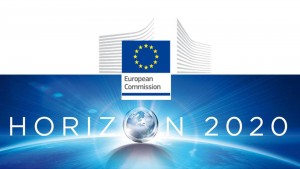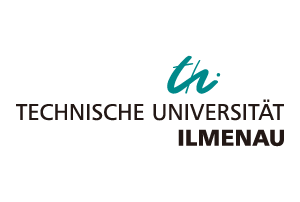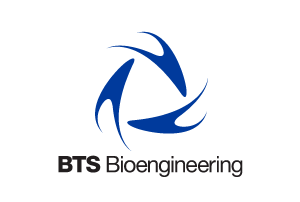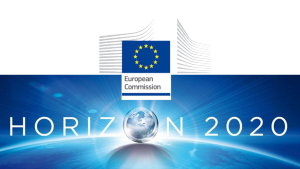EMBRACE Project
TECHNOLOGY FOR MULTIMODAL INTER-BRAIN DYNAMICS INVESTIGATION
PROJECT SUMMARY
EMBRACE is a project funded under the Programme H2020-EU.1.3.3. “Stimulating innovation by means of cross-fertilisation of knowledge”, funding scheme MSCA-RISE – Marie Skłodowska-Curie Research and Innovation Staff Exchange (RISE), lasting from 1 February 2021 until 31 January 2025 (https://cordis.europa.eu/project/id/101007521 ).
Most social interactions involve interpersonal coordinated movements in real-time and real space, but research on the complex processes
determining social behavior are limited by inadequate technology and analytical tools.
In EMBRACE we will merge complementary expertise and resources in biomedical engineering, material science, signal processing,
neuroscience and social psychology at 3 academic and 3 industrial partners from 3 EU countries ( Italy, Germany and Spain )
to develop:
- A new mobile and wireless dry electrode EEG system suitable for monitoring brain activity during full body movements;
- Novel body-network sensors and a multimodal alignment system for the simultaneous recording of neural, physiological and kinematic signals from two interacting subjects;
- Novel analytical solutions for motion artefact removal and multi-level analysis of multimodal data;
- A new research dyadic paradigm to exploit the technological advances.
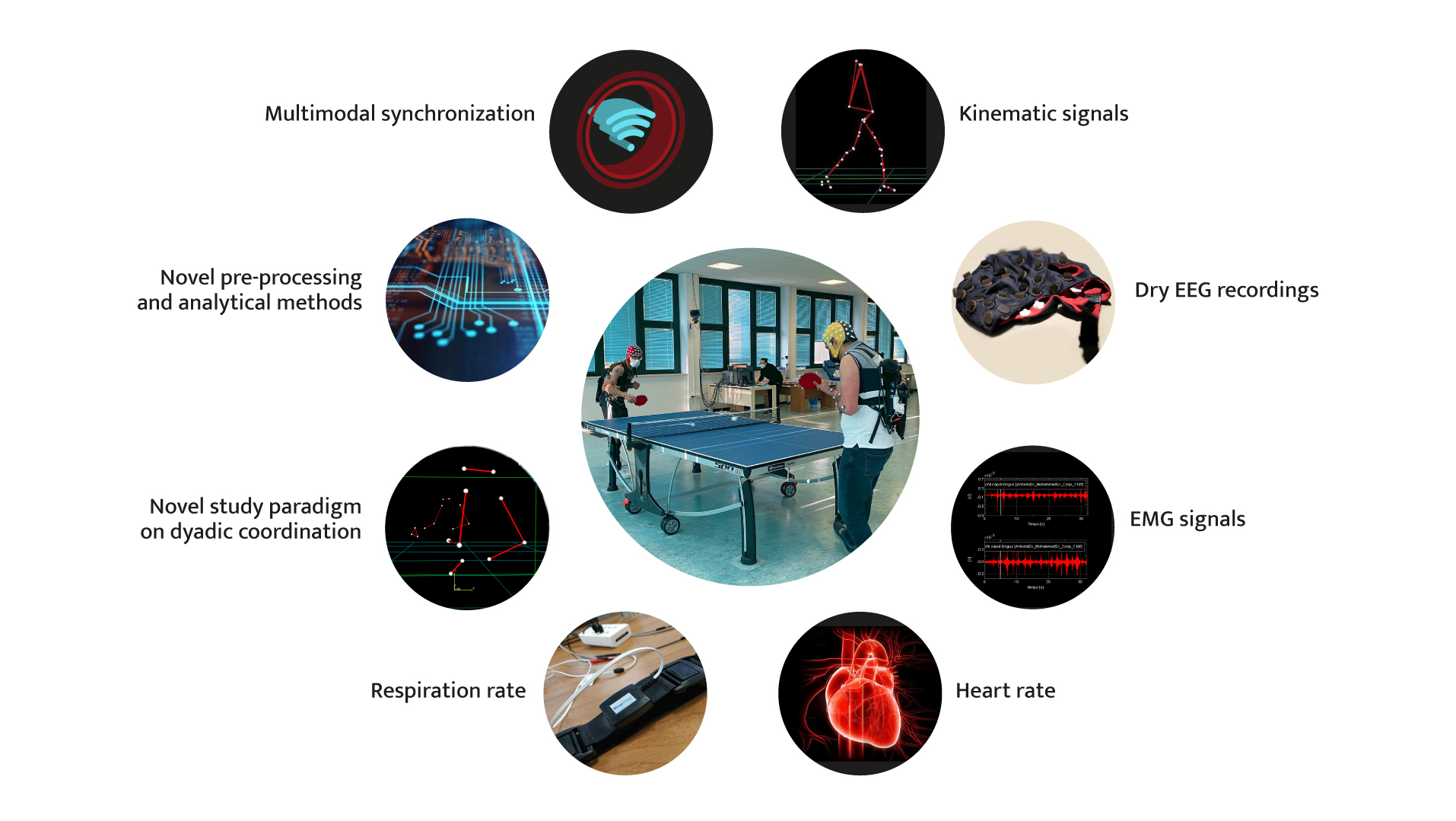
The novel technologies will address requirements of mobility, high signal quality, high temporal and spatial resolution, stable alignment of multiple signals, wearing comfort and long-term use. The novel analytical methods will permit investigating joint action at the neural, cognitive-behavioural and social levels. Both technologies and methods will be validated in real time and space face-to-face studies to produce prototypes and models optimized for broad application.
To achieve these objectives, the EMBRACE consortium will realize extensive intersectoral transfer of knowledge and experience through shared research, secondments and summer schools, promoting the research capacity and competitiveness of its partners and becoming a lasting EU network promoting basic and applied biomedical research.
The exploitation of the EMBRACE results will bring benefits to European industries in nano-electronics, medical electronics, and even entertainment electronics, with the potential extension of EEG technology markets to products like intelligent prostheses or brain computer interfaces. Consequently, employment opportunities will increase, especially for young engineers, physicists, neuroscientists and behav-ioural psychologists.
Furthermore, the exploitation of the EMBRACE results in organizations and work settings where social behaviour is a main feature, may improve teamwork and the effectiveness of the many task-related goals that are achieved through human coordination and interaction. Individual and group satisfaction and enjoyment derived from teamwork will increase, with great benefit for the European economy and society.
Finally, the international mobility and dissemination of the goals and achievements of the EMBRACE project will contribute to sharing cultures and knowledge with the scientific community and to promote communication on the importance of research in biomedical engineering to the society.
PARTNERS
Contact us to

